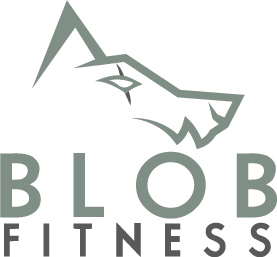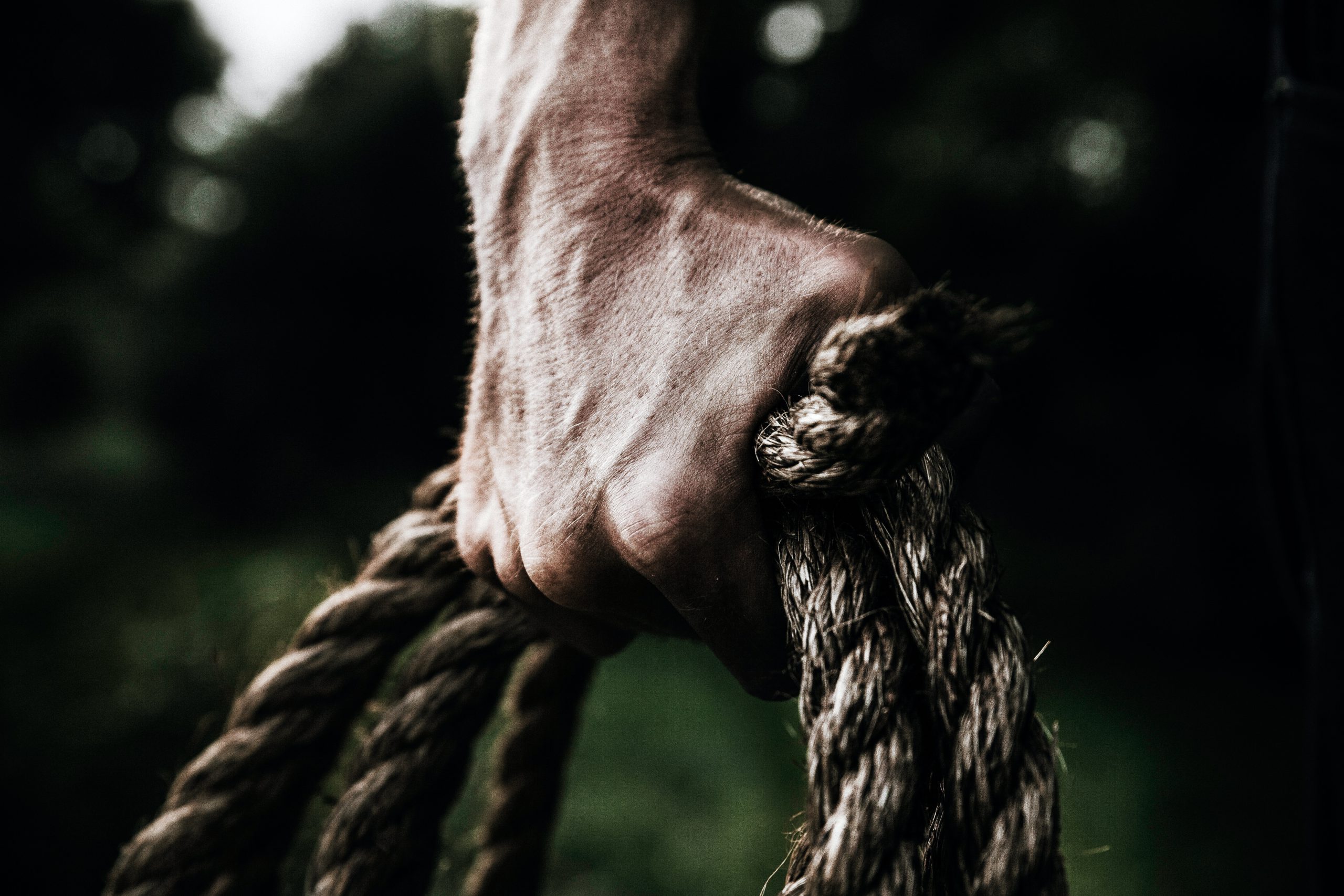Training to failure is a familiar concept in the lifting community but often there is conflicting advice on whether to do it or not and if it’s beneficial at all. This guide will go over what training to failure is its benefits and failures and how to properly incorporate it into your workout regime.
What Is Training to Failure?
Training to failure is the aspect of taking an exercise to absolute failure, meaning you physically can not do another repetition of the exercise with proper form. This concept is mainly within the lifting community and you see it done with people who train for strength or bodybuilding. I want to emphasize that training to failure should be considered when you can’t lift another rep WITH good form. You may be able to physically push out more repetitions with bad form, but your increase in injury skyrockets.
IMPORTANT: All mentions of training to failure in this article will assume you are following the definition above.
There is a lot of nuance when it comes to training to failure. First, training to failure isn’t a bad thing. However, doing it can also have negative outcomes to it as well. First, let’s go over the benefits of training to failure.
Benefits of Training to Failure
Training to failure does have its benefits. Let’s go over some of the things it does very well.
Discovering How Hard You Can Work
Most people don’t train hard enough. They think they may have about 1-2 reps left in them, but in reality, they could do about ~5 more. Training to failure shows just how far you can really push yourself in your training. This is really important because most times we’re not meeting our potential.
Maximizing Hypertrophy
Training to and /or close to failure helps to maximize hypertrophy gains. Training to failure is still good on some final sets but doing it too much will have negative effects compared to training close to failure. (I’ll go over this in the next section).
Negative Effects of Training to Failure
Low Recovery / Fatigue
Lower recovery rates are one of the main issues when it comes to training to failure overall.
Lower recovery will set you back in building muscle and strength. This can happen because maybe you haven’t recovered enough to train again or simply you’re fatiguing too much during your training and you can’t bring your intensity up as much.

Image From: Andrea Piacquadio
Risk of Injury
Low recovery can also lead to potential injury. Obviously, being injured will immediately impact your training and cause you to delay your workouts overall. Injury can also occur due to being at such a high intensity and with added resistance, it can be easy to have an incident and injure yourself during the workout.
Should You Train to Failure?
Training to failure has its time and place. This is mainly on the last sets of exercises and should be done sparingly. Doing so properly can help hypertrophy in the long run but again doing them too often can have the opposite effect.
However, training near failure is an important aspect that can maximize muscle mass and increase strength overall without causing as much fatigue. How do you measure getting close to failure? I’m going to go over some acronyms to know and guidelines on how to do so.
RPE and/or RIR
RPE and RIR are 2 terms you may see when it comes to training.
RPE stands for Rating of Perceived Exertion and RER stands for Reps in Reserve.
Both scales are a scale of 1-10. First, let’s go over RPE.
RPE / RIR Chart
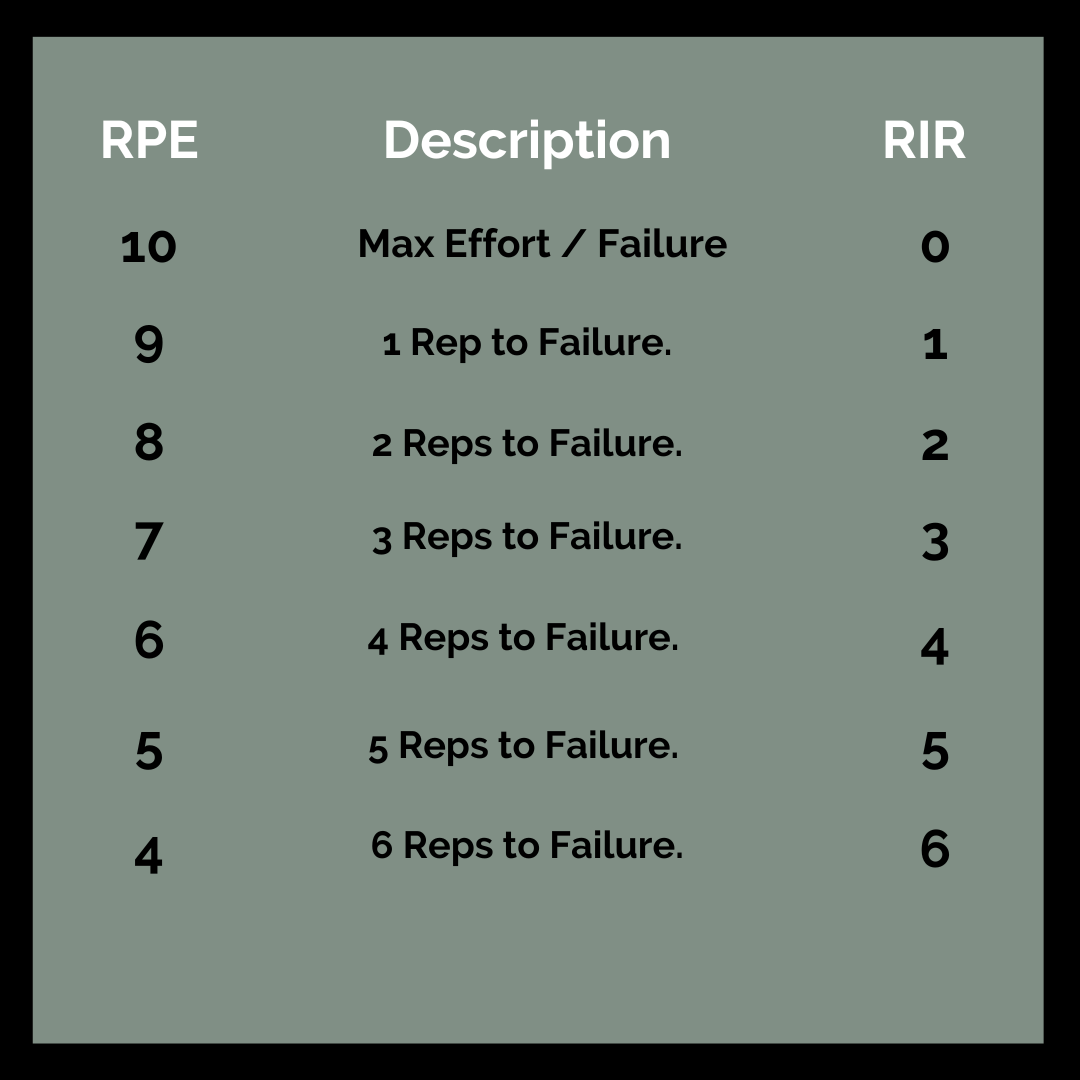
Anything below RPE 4 and above RIR 6 is considered light-moderate activity.
These terms are important to know because they give you an estimate of how intense a set should be. Which everyone is being used though doesn’t matter and they measure effort overall.
Training Close To Failure for Hypertrophy
Now that you know what RPE / RIR is, how can you use this method to include in your training to maximize hypertrophy?
First, recent data has shown that training close to failure does maximize hypertrophy. It’s extremely beneficial. So how should you incorporate it?
Let’s create a scenario where we’ll be doing dumbbell bench press for 3 sets of 8-12 reps with an RPE of 8 but taking the last set to failure.
So how would this look?
Warm Up Set
First I would suggest doing a warm-up set. This won’t count towards your working set and you would pick something you know you can easily do for 5-10 reps. This shouldn’t be too difficult of a set. You do not need to do a warm-up set on sets that work a similar body part, especially when you know your potential exertion level because you have done it before.
Sets 1 and 2
For sets 1 and 2, since you will be at an RPE of 8, meaning you should be lifting to the point where the 2 reps will lead to failure. These sets should be intense but not to the point that you actually reach failure. If you do happen to reach failure, on the first set, lower the weight slightly. If it’s the second set, keep the same weight but take a longer resting period. It’s also important to make notes of this to adjust for a future training session.
Set 3
Following the specific scenario above, we will now be taking this set to failure. This would technically be an RPE 10 now. Now, most people don’t train to their absolute potential and are not hard enough. This set you need to push yourself. Your RPE 10 should be within the 8-12 rep area as mentioned before.
What happens if it’s less than 8 reps? Weight is a bit too heavy or you didn’t take enough time to recover.
If the reps are more than 12, you should use slightly heavier weights next time.
Optional Set 4
If set 3 was too easy and didn’t hit your rep range and RPE target, add another set. Take some time to rest beforehand and up the weight to try to hit your target. Even if this was too easy, I wouldn’t recommend doing another set after this.
Take Notes
Take notes of all the exercises, sets, reps, and weights you’re using with your perceived RPE for each set. This will give you better insight on how to improve next time you do the exercise and you will know if you’re progressing or not.
How Often to Train Close To Failure
Most sets you do should be taken close to failure to maximize muscle growth.
So, this is around an RPE 7-9.
You do not need to take warm-up sets close to failure though.
How Often to Train To Failure
Training to failure as I mentioned should be done sparingly to avoid too much fatigue. I would suggest 1-2 sets per week for a body part that you may feel like you could have gone harder on but didn’t.
Compound Exercises and Strength Training
Compound exercises are exercises that work more than one muscle group at the same time. These are exercises like Squat, Bench, and Deadlift. Now, training to failure with moderate to high reps for hypertrophy can reap great benefits as we mentioned before. However, I do advise a word of caution to training to failure with high reps on compound movements.
Although training to failure is something that will always carry risk, that risk is much higher if you are doing compound movements. If you are training to failure on a movement like squats or bench, make sure to have the right safety measurements in place and have a spotter. This should be a nonnegotiable when training to failure on compound movements. If you don’t have these in place, just don’t take the exercise to failure.
Example Exercises to Take to Failure
Considering that the risk of injury is much higher when training to failure, a movement that you have easier control over the entire ROM and has fewer variables to consider (like the weight dropping on your face/body) is usually best to perform. You’ll find that most of these exercises are usually machines. Free weights are a good option too but some exercises have more potential risk than others.
Here are some of my favorite exercises to take to or close to failure for each body part.
Chest
Chest Press
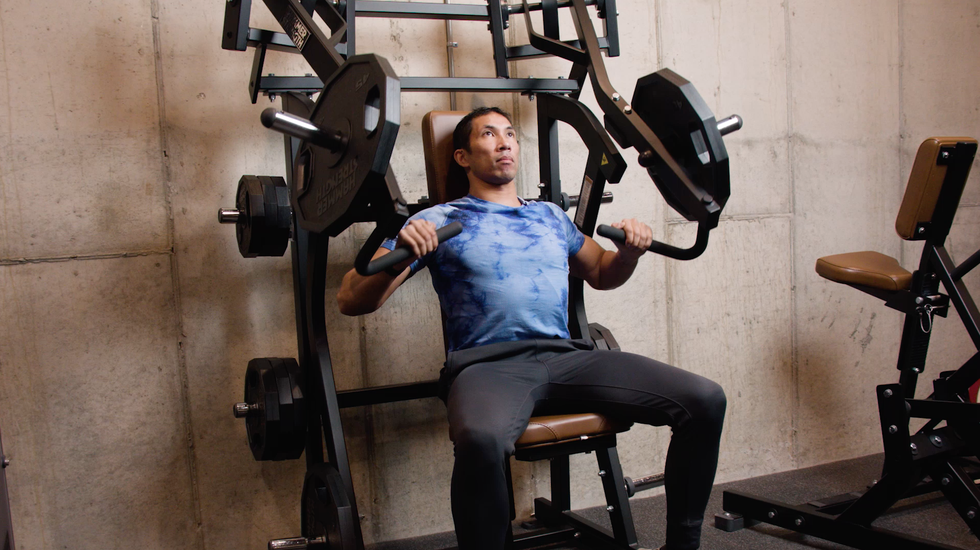
Image from: Men’s Health
Chest Fly Machine

Image from: Healthline
Back
Cable Row Machine
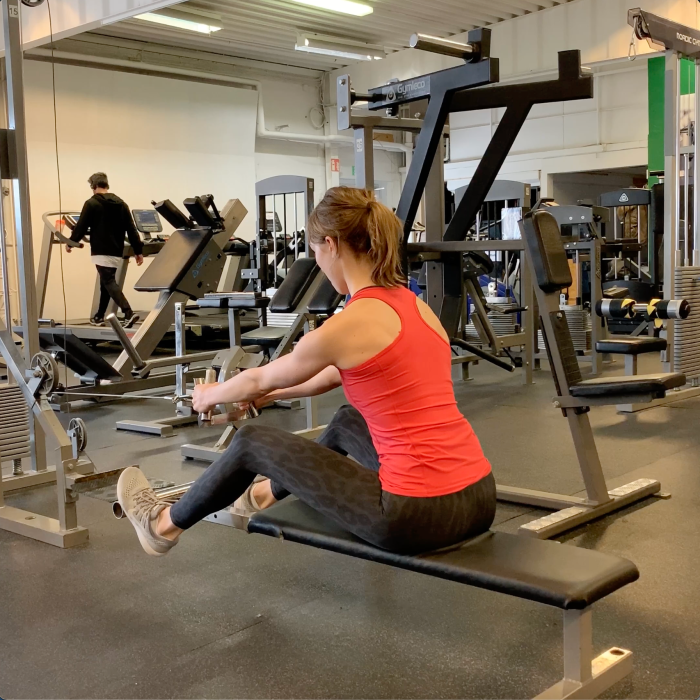
Image from: StrengthLog
Lat Pull Down Machine
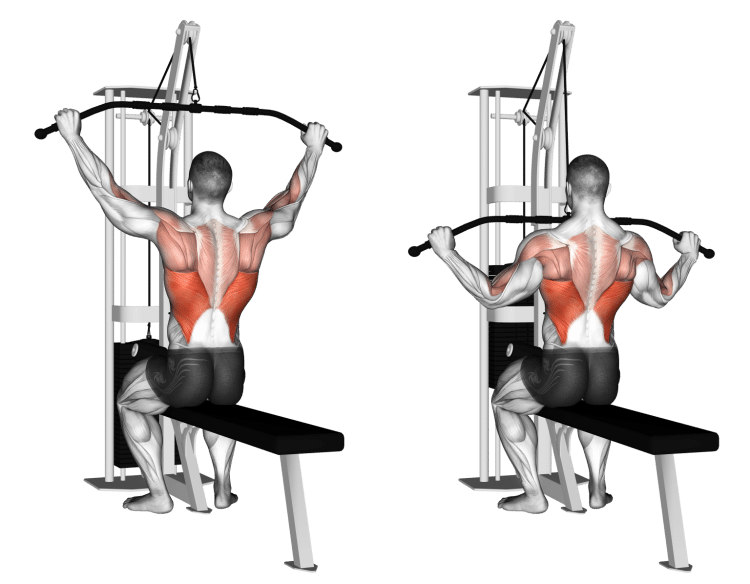
Image from: Fitness Volt
Biceps
Curl Machine
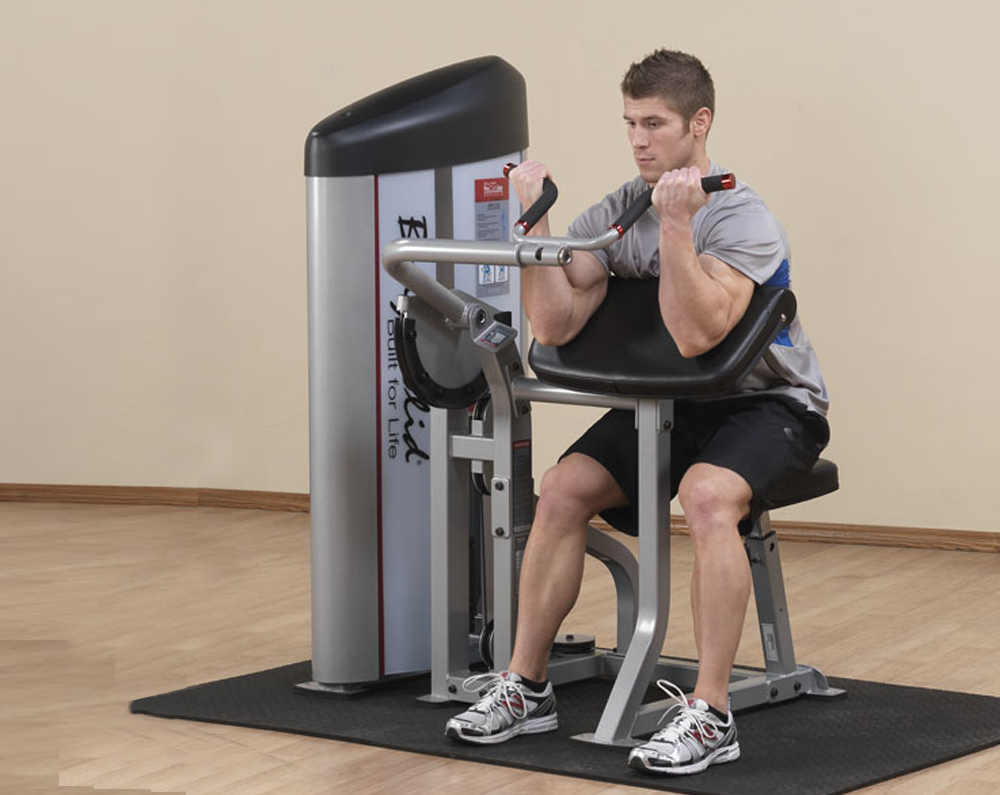
Image from: Fitdir
Cable Curl
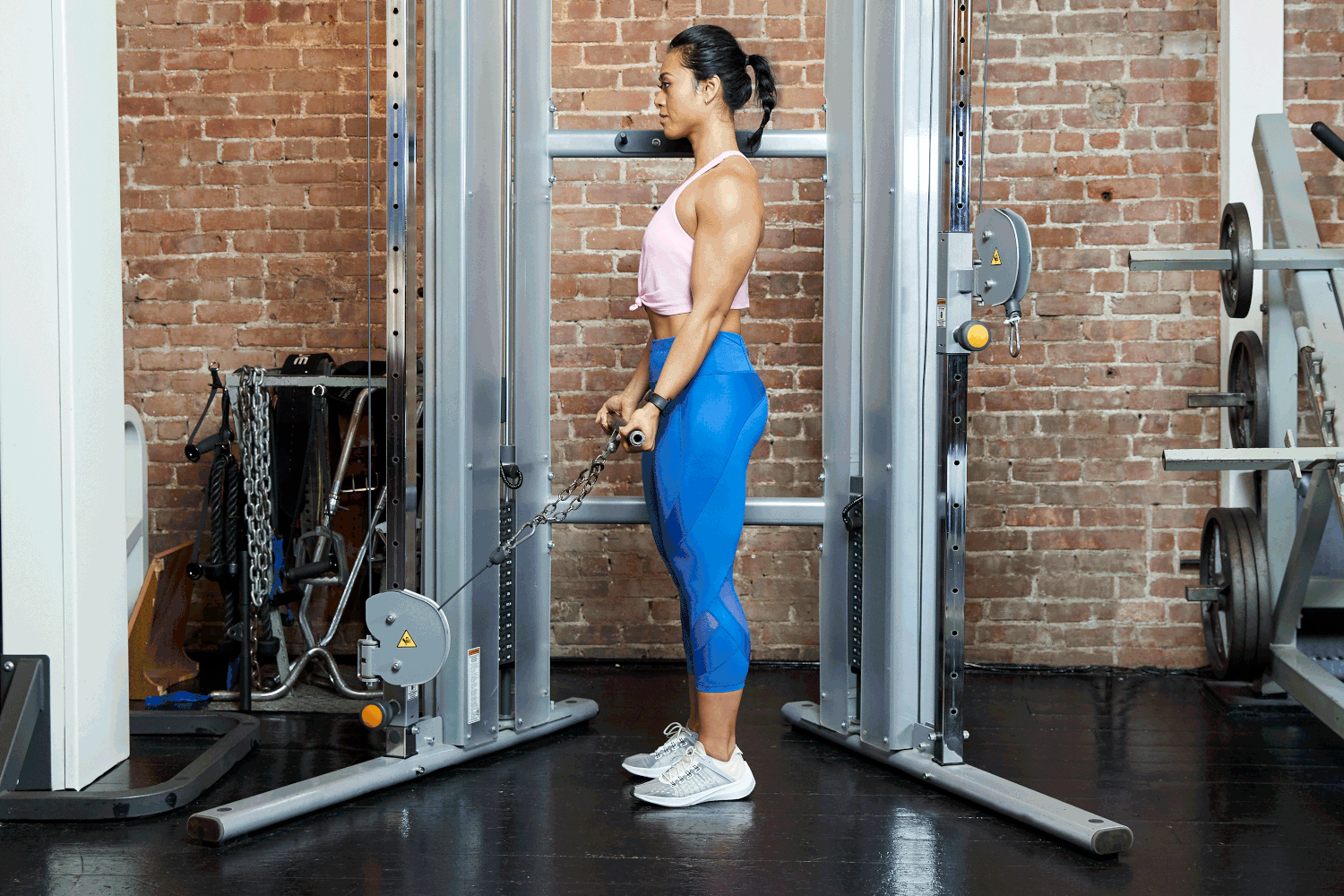
Image from: Very Well Fit
Triceps
Tricep Pulldown
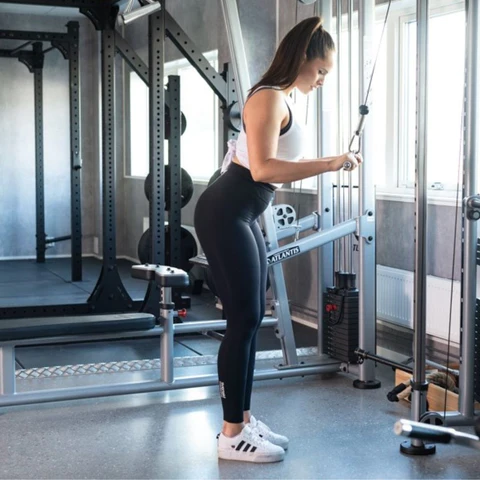
Image from: Set for Set
Tricep Kickbacks
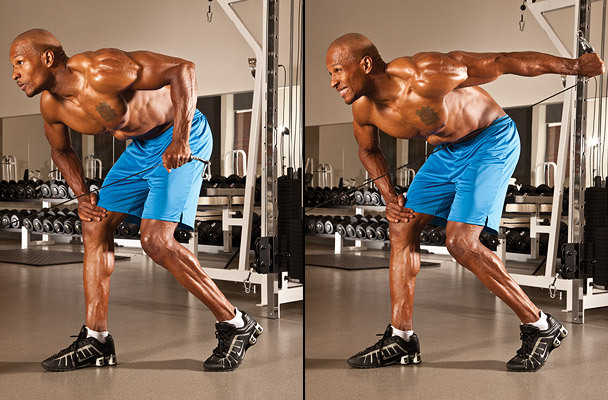
Image from: Bodybuilding Wizard
Quads
Leg Extensions
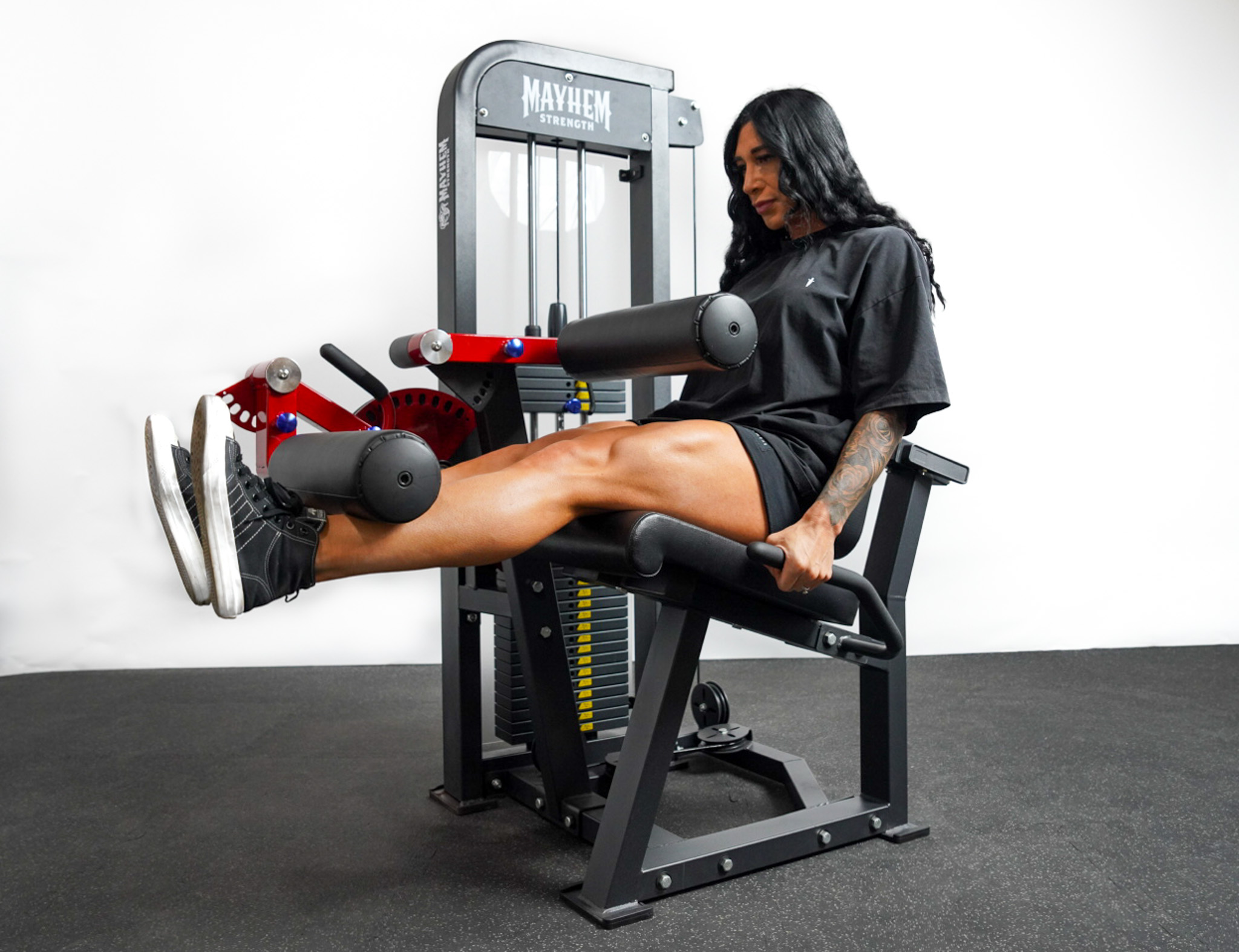
Image from: Gym Bro Fitness
Leg Press / Seated Leg Press

Image from: MPGC
Hamstrings
Lying leg curl
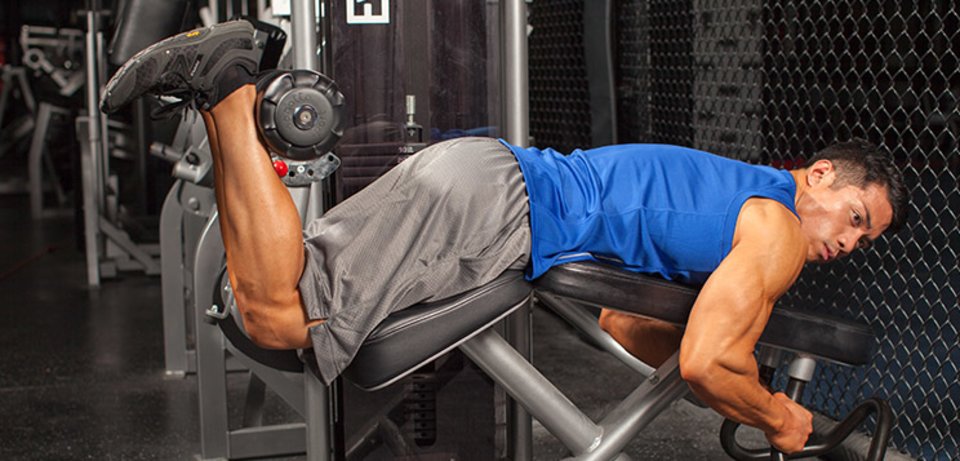
Image from: Bodybuilding.com
Seated Leg Curl
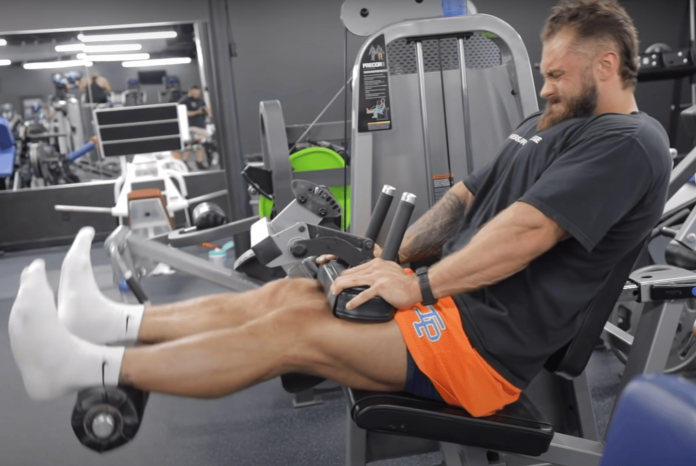
Image from: The Barbell
Final Thoughts
Training close to failure is essential to maximizing hypertrophy. Training in the 5-7 RPE range constantly will not get you the results you want.You need to be having your sets all be in the 8-9 RPE area.
PUSH YOURSELF hard.
You will be surprised how hard and far you can go.
Training to failure itself has its time and place but shouldn’t be done too often to avoid overfatiguing yourself causing a lack of recovery and not gaining hypertrophy. Training close to failure should be done fairly often though.
Main Image by Evelyn Chong
